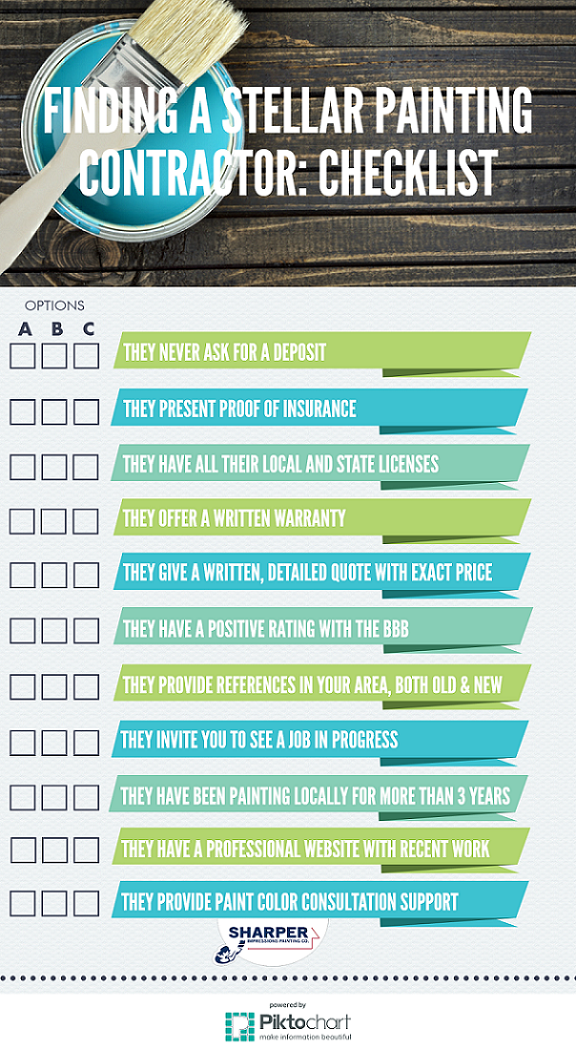Seasonal Consider Business Exterior Painting: Trick Insights You Should Understand
Seasonal Consider Business Exterior Painting: Trick Insights You Should Understand
Blog Article
Post By-Aguilar Rosendal
When you're preparing a commercial external paint job, seasonal aspects can make or break your results. You'll wish to consider exactly how temperature level and humidity influence paint application and drying times. Picking the right season can ensure your paint adheres properly and lasts much longer. But which hallway painting are absolutely the most effective for this kind of work? Let's discover the crucial elements that can influence your task's success.
The Influence of Temperature on Paint Application
When you're intending a commercial exterior painting project, the temperature can significantly impact how well the paint sticks and dries.
Preferably, you wish to paint when temperatures range between 50 ° F and 85 ° F. If it's too cold, the paint may not cure appropriately, bring about problems like peeling off or cracking.
On the other hand, if it's as well hot, the paint can dry out also rapidly, protecting against correct adhesion and causing an irregular coating.
You need to additionally consider the time of day; early morning or late afternoon uses cooler temperatures, which can be extra favorable.
Always inspect the maker's referrals for the particular paint you're making use of, as they often offer advice on the optimal temperature range for optimal results.
Humidity and Its Effect on Drying Times
Temperature level isn't the only environmental element that affects your industrial exterior paint job; moisture plays a significant role too. High moisture levels can reduce drying times substantially, impacting the total quality of your paint task.
When the air is filled with dampness, the paint takes longer to heal, which can cause issues like bad adhesion and a greater risk of mold development. If you're repainting on a particularly damp day, be prepared for extensive wait times between coats.
It's essential to keep track of regional climate condition and plan accordingly. Preferably, go for humidity levels in between 40% and 70% for optimum drying out.
Keeping Learn Alot more consider mind ensures your project stays on track and delivers a long lasting finish.
Best Seasons for Commercial Exterior Paint Projects
What's the most effective season for your commercial external paint projects?
Springtime and early autumn are typically your best choices. During these periods, temperature levels are light, and moisture degrees are frequently lower, creating suitable conditions for paint application and drying.
Avoid summer's intense heat, which can trigger paint to dry also quickly, causing poor adhesion and coating. Likewise, winter months's cool temperature levels can prevent appropriate drying out and healing, taking the chance of the long life of your paint work.
Go for https://www.bhg.com/decorating/makeovers/before-and-after/ranch-home-before-after-remodel/ with temperature levels between 50 ° F and 85 ° F for ideal outcomes. Remember to inspect the regional weather report for rainfall, as damp conditions can spoil your project.
Planning around these variables guarantees your paint job runs smoothly and lasts longer.
Conclusion
Finally, planning your commercial exterior painting jobs around seasonal factors to consider can make a significant distinction in the end result. By scheduling work throughout the perfect temperatures and moisture degrees, you'll make certain better attachment and drying times. Bear in mind to keep an eye on local weather forecasts and pick the correct time of year-- spring and very early fall are your best options. Taking these steps will help you attain a sturdy and expert coating that lasts.
